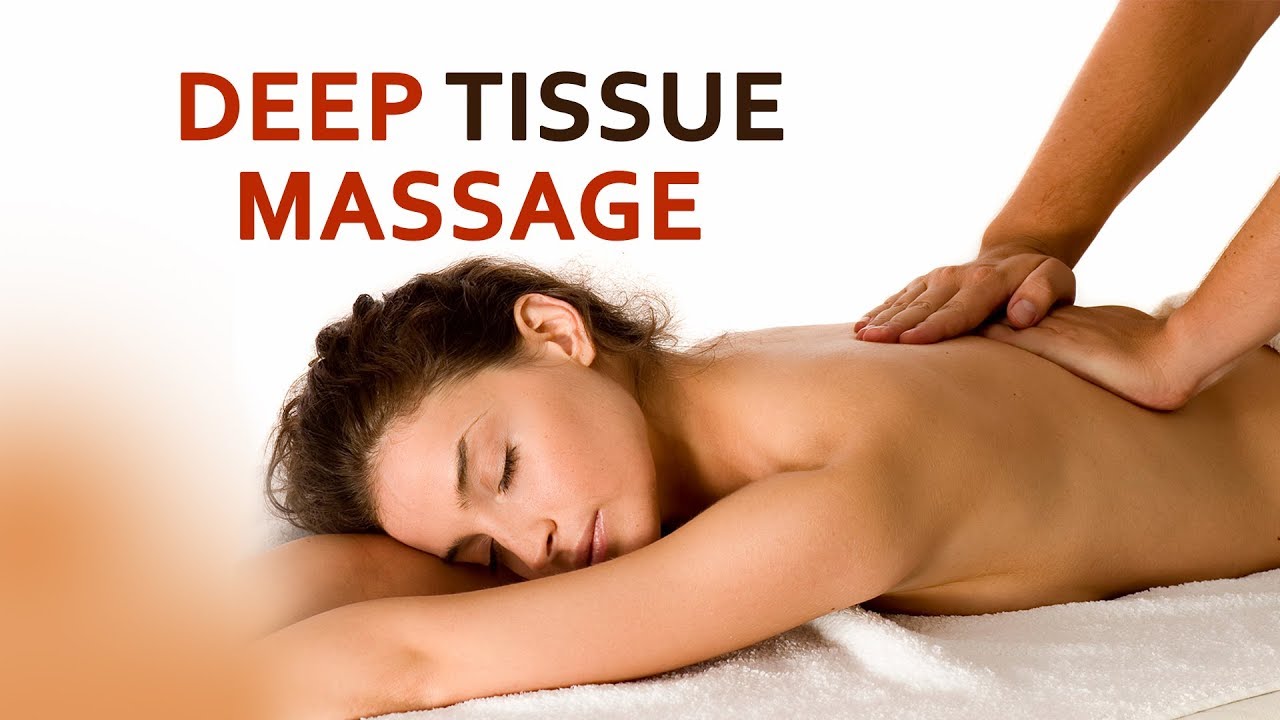 What to do before and after a deep tissue massage:
What to do before and after a deep tissue massage:
- Stay hydrated. Hydration begins at least 24 hours prior to your massage
- Take a shower before you come to get your massage.
- Wear loose, comfortable clothes.
- Know your goals for the massage.
What is a Deep Tissue Massage?
- Deep tissue massages have many benefits for both your physical and mental well-being. This type of massage is a simple way to relace and treat your medical issues. Some of the top benefits of deep tissue massage include stress and pain reduction, better circulation, arthritis relief, and better sleep.

The process of deep tissue massage therapy begins with getting your muscles to relax so your massage therapist can get to the lower layer of connective tissue. Deep tissue massage involves deeper strokes and harder pressure.
Deep tissue massage therapy uses firm pressure and slow strokes to massage deep layers of muscle and fascia, the connective tissue surrounding your muscles.
Deep tissue massages are used to break down muscle adhesions — commonly referred to as “knots” that we feel — that forms in the body. Muscle knots are rigid and painful muscle tissue bands that can inhibit your circulation and cause your body pain and inflammation over time.
Deep tissue massage starts with your Optimal Wellness massage therapist applying lighter pressure to warm up your muscles and then begins to work in deeper pressure to your muscles. Standard deep tissue massage techniques can include stripping, which is applying deep pressure that glides along the length of your muscle fibers and friction. This deep pressure technique applied across your muscle’s grain breaks up adhesions and aligns your tissue fibers.
How is Deep Tissue Massage Different from Other Types of Massage?
Most other types of massage focus on relaxation and take a whole-body approach rather than focusing on a specific area of the body. According to the American Massage Therapy Association, in 2020, 30% of consumers who got a massage was for health and wellness reasons. Many study consumers stated their massage routine was part of a treatment plan from a doctor or medical provider.
Comparatively, Swedish massage uses the same long-stroke techniques, but this type of massage uses different pressure amounts on the body. Other gentler massage techniques follow a set pattern of stroke techniques and are not designed to focus on treating problem areas of your muscles.
See also Types of Massages
